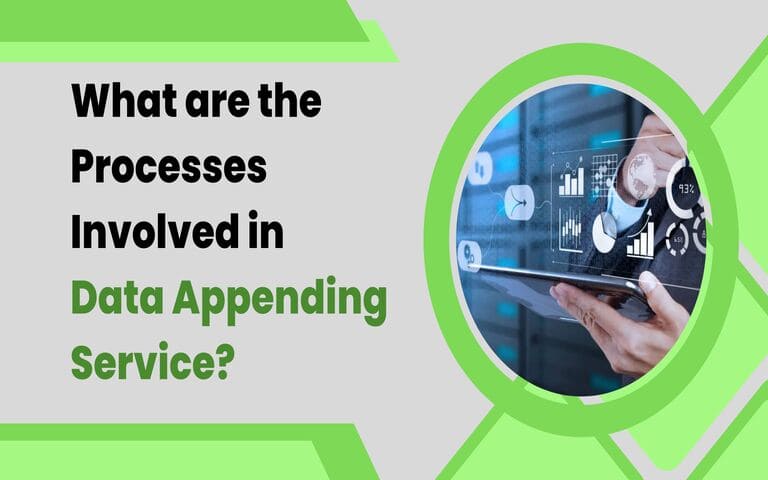Reading time 2 minutes
If you want to improve the quality and accuracy of your customer or client data, data appending services can be a valuable tool. But what exactly are the processes involved in data appending, and how does it work? Let’s take a closer look at the steps involved in this service.
Step 1: Data Collection
The first step in the Data Appending process is to collect the data that needs to be updated or enriched. This typically includes basic information like names, addresses, phone numbers, and any additional data points you want to include. The data can be collected from various sources, such as customer or client databases, social media profiles, or online directories.
Step 2: Data Cleaning
Once the data has been collected, it needs to be cleaned and validated to ensure that it is accurate and up-to-date. This process typically involves removing any duplicate or irrelevant information and verifying that the data is correct and consistent. This step is crucial to ensure that the data appending process is as effective as possible.
Step 3: Data Matching
Once the data has been cleaned and validated, it is ready for data-matching. This involves comparing the collected data to a larger database of information, such as public records or industry-specific databases. The goal is to find additional data points that match or are related to the collected data, such as email addresses, job titles, or industry affiliations.
Step 4: Data Appending
Once the matching process is complete, the additional data points are added to the collected data, a process known as data appending. This helps to enrich and enhance the original data, making it more accurate and useful for marketing, sales, or other business purposes.
Step 5: Data Verification
Finally, the appended data is verified to ensure that it is accurate and up-to-date. This typically involves checking the data against multiple sources to confirm its accuracy and validity. Once the data has been verified, it can be used for marketing, sales, or other business purposes.
In conclusion,
Data appending services can be a valuable tool for businesses looking to improve the quality and accuracy of their customer or client data. By following the steps of data collection, cleaning, matching, appending, and verification, businesses can ensure that their data is up-to-date and useful for their specific needs. Whether you’re using the data for marketing, sales, or other business purposes, data appending services can help you make the most of your data and drive better results for your business.



